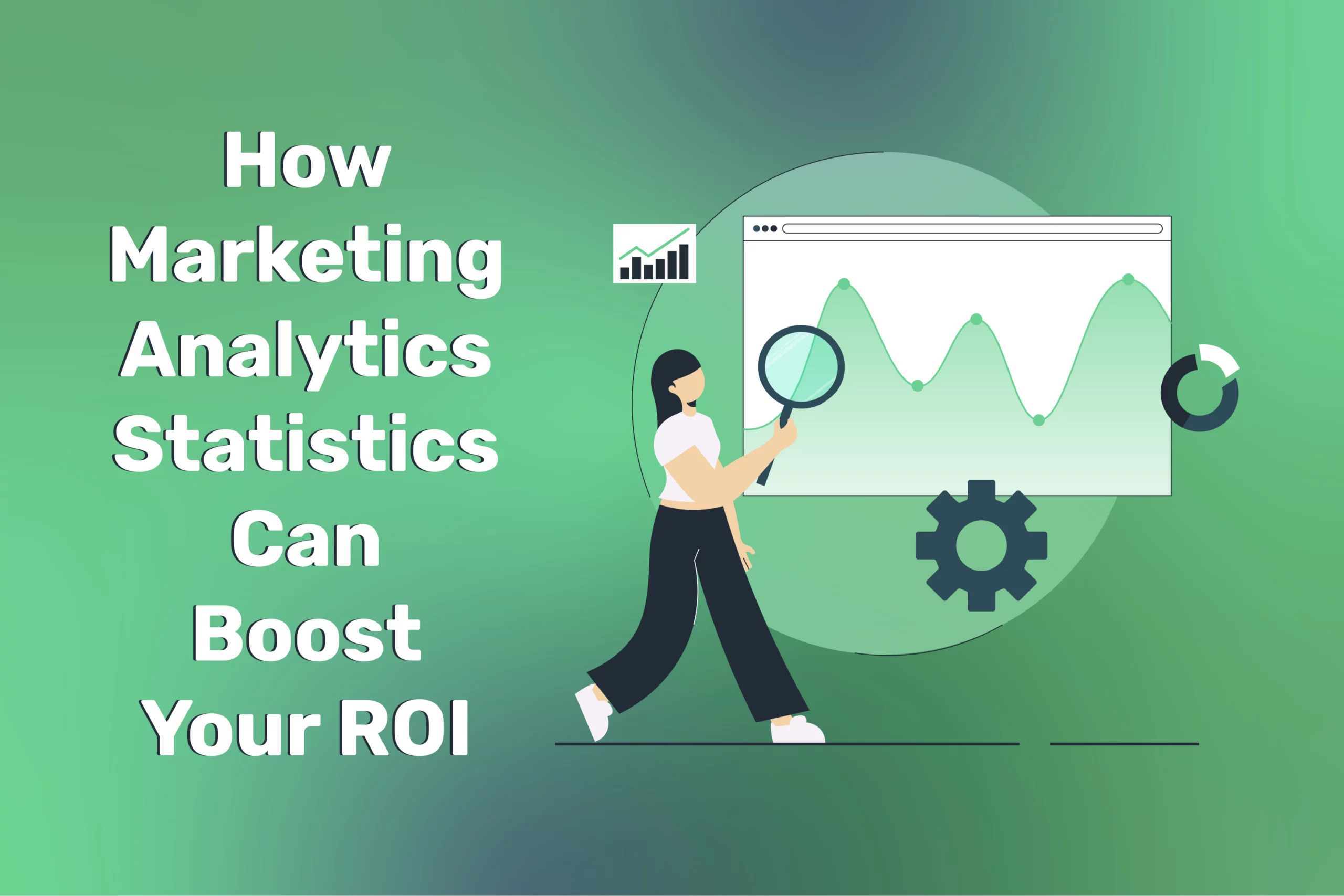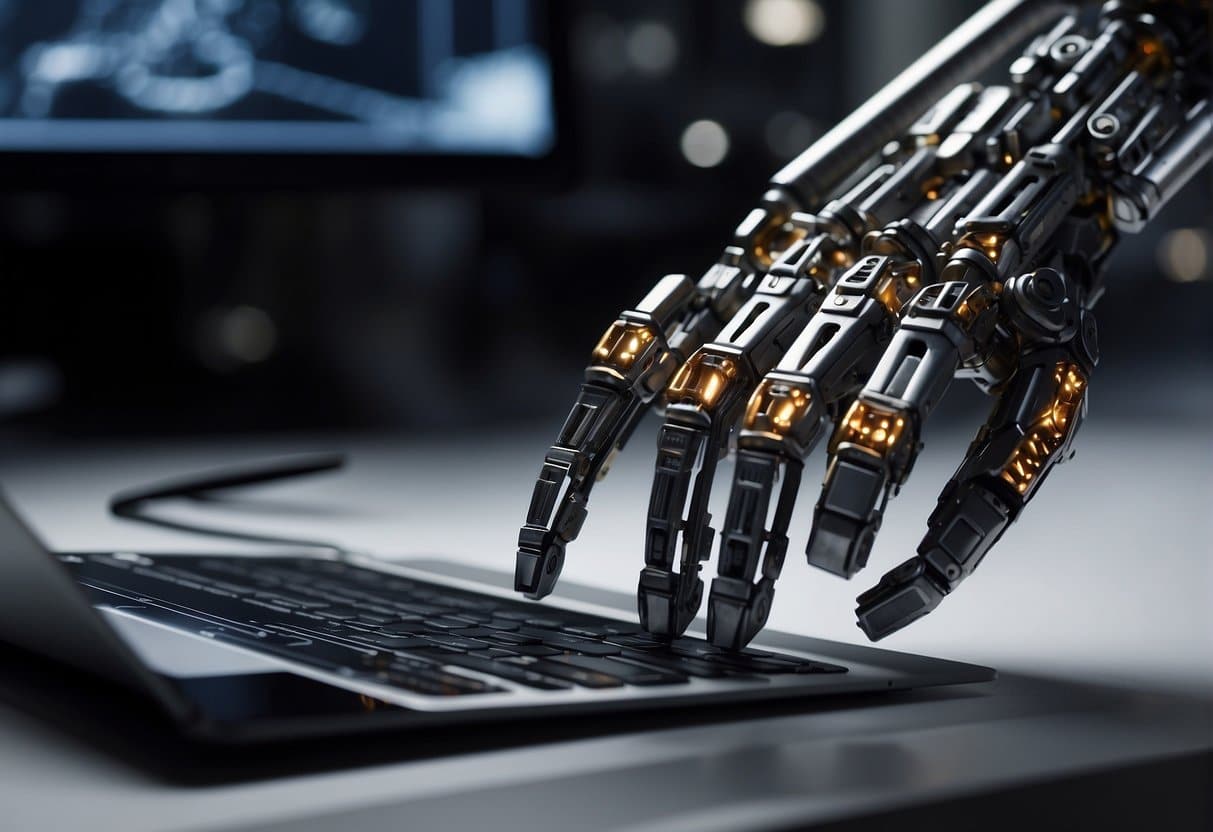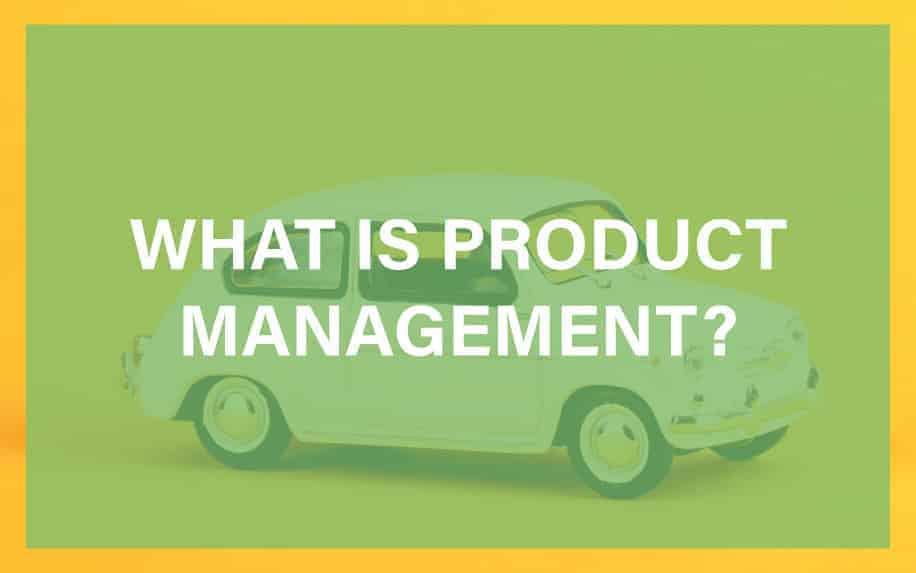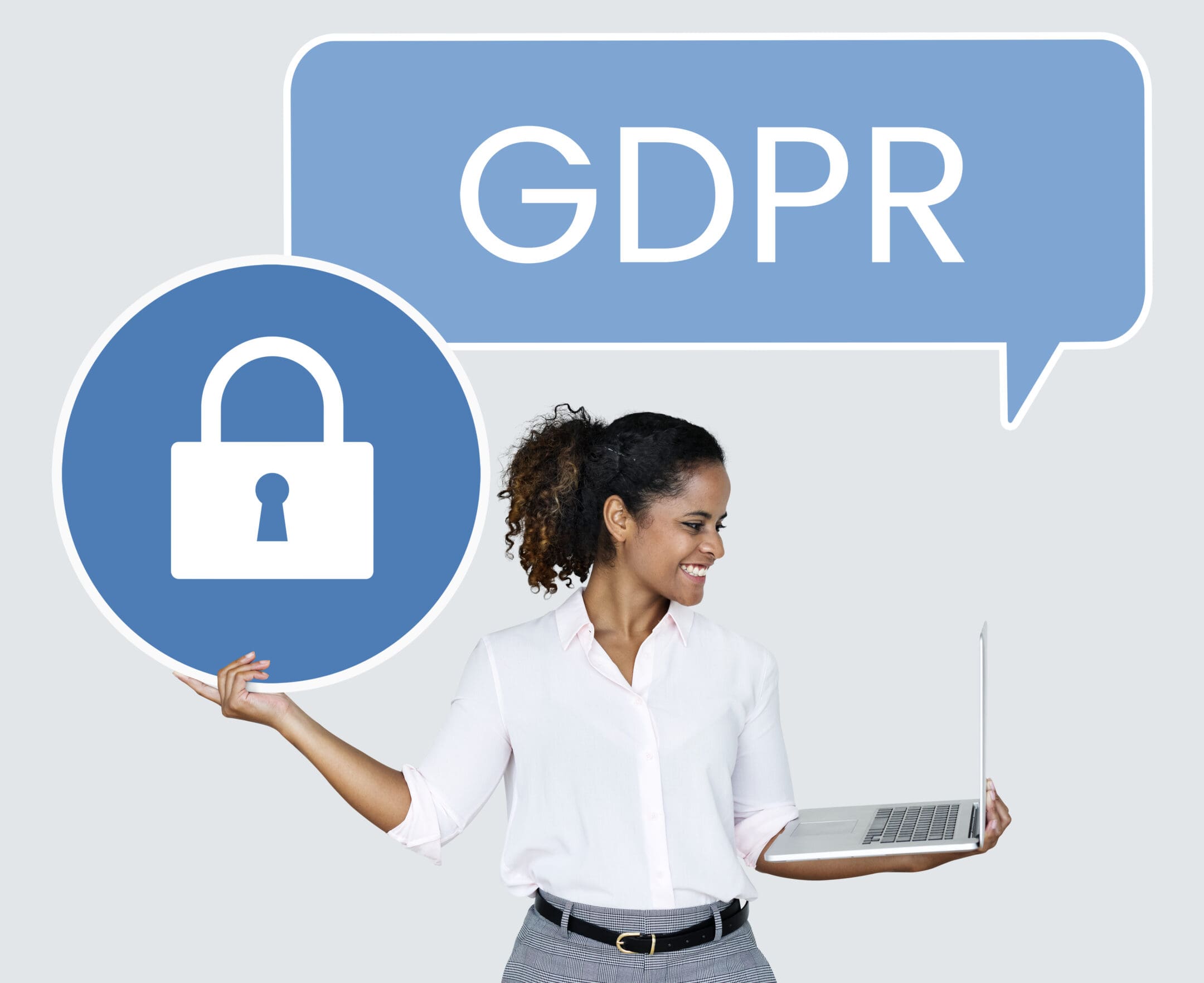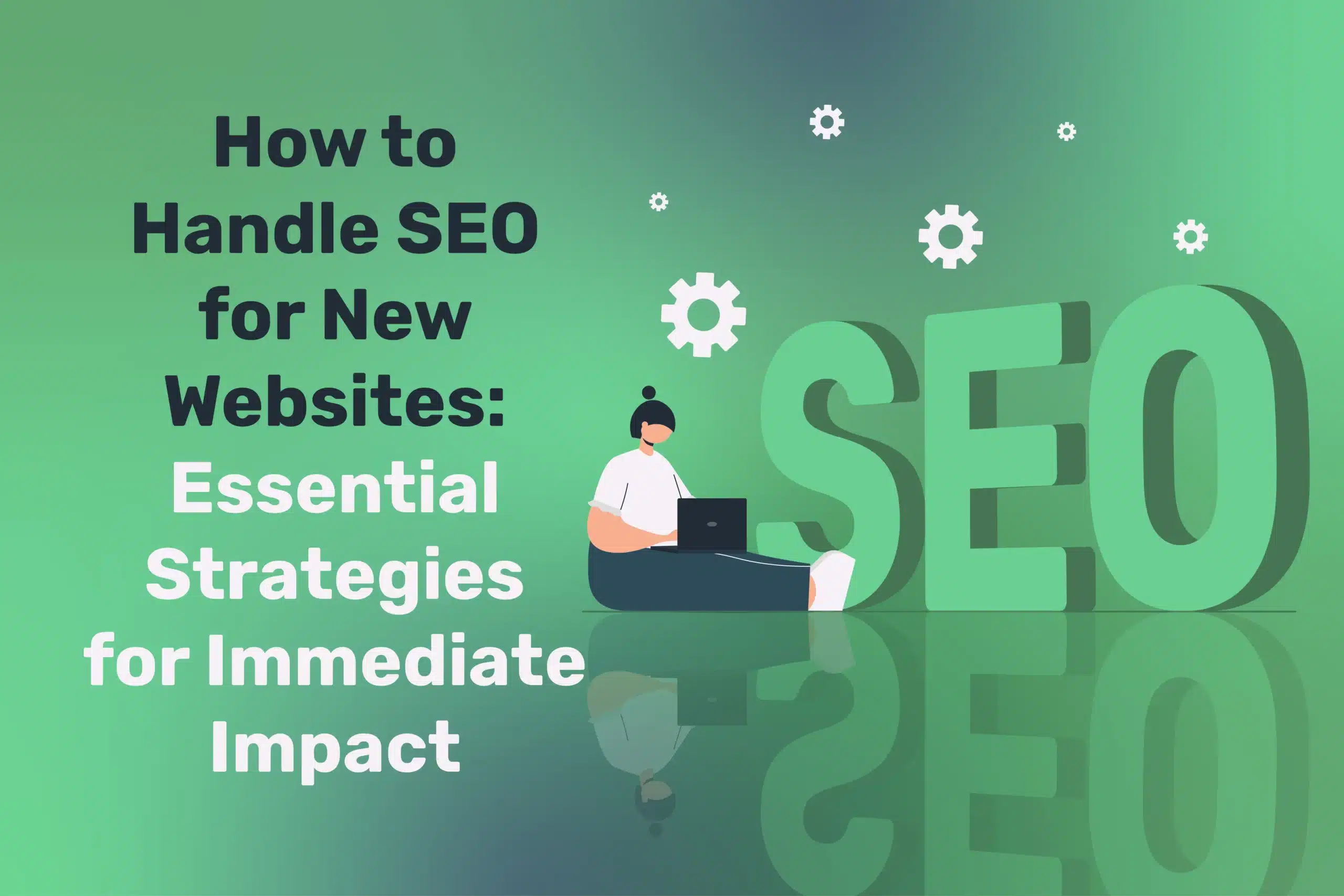
Future Trends in Sustainable Business: Predictions for the Next Decade
Table of Contents
As the global community grapples with urgent environmental challenges—climate change, dwindling natural resources, and population growth—businesses must evolve from mere compliance to genuine innovation. The next decade will transform how products are made, consumed, and reused, alongside rising green finance, renewable technologies, and data-driven sustainability. Already, major brands are pledging net-zero carbon aims, adopting alternative proteins, or investing in advanced recycling—once-niche initiatives are now mainstream imperatives.
In this final article of our sustainability series, we’ll examine some key emerging future trends and consider how AI, robotics, and advanced materials will reshape markets. Whether you’re a small local retailer or a global enterprise, being ready for these shifts can secure your place in a world that prizes eco-friendly leadership.
“Sustainability is no longer a side note. In the coming years, it’ll define how we produce food, build infrastructure, and deliver services. Those who anticipate these shifts will outpace competitors stuck in old models,” notes Ciaran Connolly, Director of ProfileTree.
Accelerating Net-Zero and Beyond
Achieving net-zero emissions is no longer a distant goal but a pressing priority for businesses, governments, and individuals. As climate change accelerates, the need for innovative solutions, sustainable practices, and bold commitments has never been more urgent. This section explores the strategies and technologies that can help accelerate the journey towards net zero and beyond, paving the way for a more sustainable and resilient future.
Strict Emission Caps
As more nations set legally binding net-zero deadlines (2050 for the UK), expect tighter carbon budgets, emission trading schemes, and taxes on high-emission processes. Firms that proactively decarbonise gain a head start—while laggards scramble to retrofit factories or adopt clean energy under pressure.
Possible Development: A broadening carbon price may push corporations to measure and publish CO₂ footprints at the product level. Consumer-facing carbon labels may become standard, akin to nutrition labels, guiding purchasing decisions.
Carbon-Negative Business Models
Some pioneers go beyond neutrality, aiming to extract more carbon from the atmosphere than they emit—through reforestation, carbon capture tech, or adopting regenerative agriculture. While still emerging, carbon-negative approaches could become hallmark differentiators, especially in food, packaging, or construction.
Alternative Proteins and Food Innovations
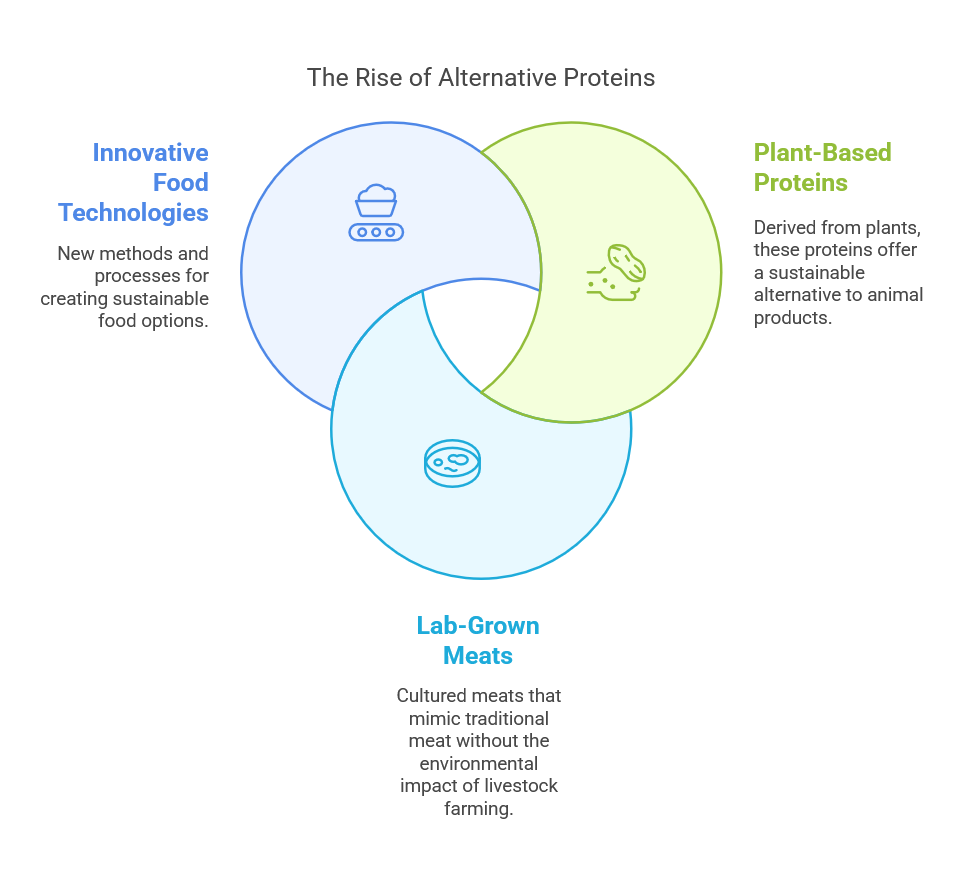
As the demand for sustainable food sources grows, alternative proteins and innovative food technologies are reshaping the industry. This section highlights the breakthroughs driving the future of food and addressing global sustainability challenges.
Plant-Based and Insect Proteins
Livestock farming is resource-intensive—contributing to methane emissions, deforestation, and water usage. Hence, alternative proteins (plant-based meats, insect-based foods, cultured meats) are rising. By 2030, some forecasts predict 30% of global protein consumption could come from these newer sources. For businesses, adopting or distributing such products signals eco-savvy awareness while meeting evolving dietary trends.
Vertical Farming and AI
Urban vertical farms employing hydroponics or aeroponics can reduce land use, cut transport emissions by situating near cities, and rely on data-driven climate control. AI monitors nutrient levels, light, and growth cycles to maximise yield with minimal resources. This local supply approach shortens supply chains and slashes spoilage.
Food Waste Reduction
Globally, about one-third of food produced is wasted. In the coming decade, advanced cold chain logistics, dynamic pricing apps, and AI-based inventory tracking will become standard for retailers, helping them avoid surplus and discount items nearing expiry. More restaurants and retailers will partner with gleaning networks or food donation platforms, aiming to cut waste while feeding communities.
Next-Generation Logistics and Circular Systems
The future of logistics lies in smarter, more sustainable solutions. This section explores next-generation logistics and circular systems that optimise efficiency, reduce waste, and support a more sustainable global economy.
Electric and Autonomous Transport
Over the next decade, electric vehicles (EVs) will dominate delivery fleets as battery prices fall and charging infrastructure expands. Autonomous electric trucks may eventually handle major routes, guided by AI route planning. Emissions drop significantly, and operating costs may decline once initial capital is recovered.
Circular Economy Mainstreaming
Designing out waste becomes the norm. Product-as-a-service offerings let consumers lease or subscribe to products and return them for refurbishing or recycling. AI helps companies track material flows across lifecycle stages, ensuring closed loops. For instance, a tech firm might reclaim old hardware for parts or precious metals, drastically reducing the environmental load of raw mining.
Blockchain-Enabled Transparency
Blockchain or distributed ledgers can log each step a material undergoes, from raw harvest to final sale. Combined with IoT, this technology ensures immutable proof of sustainability claims—no more greenwashing if the ledger shows your product used ethical raw inputs and minimal transport miles.
AI, Robotics, and Data-Driven Sustainability
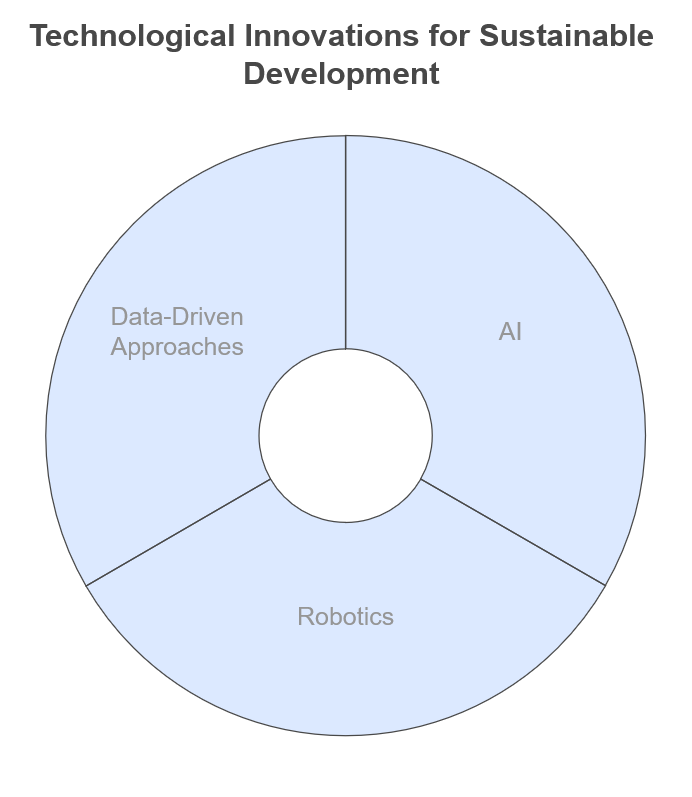
AI, robotics, and data analytics are transforming our approach to sustainability. This section examines how these technologies drive more innovative, efficient solutions for a sustainable future.
Real-Time Carbon Accounting
We’ll see more AI dashboards automatically tallying carbon footprints across business processes. Factories, offices, and supply chain sensors feed data to machine learning models, flagging anomalies, guiding low-energy scheduling, or highlighting offset opportunities.
Robotics in Recycling and Clean Energy
Recycling plants increasingly use robotic sorters guided by AI vision to pick out plastic types or metals with near-perfect precision. Meanwhile, autonomous solar panel cleaning drones or turbine inspection robots keep renewable energy facilities at maximum output. This synergy of automation and green tech spurs productivity while slashing operational costs.
Predictive Maintenance and Demand Response
Extending from current best practices, advanced AI systems predict machine failures well in advance, preventing resource waste. On the energy grid side, demand-response AI automatically scales consumption up or down to match renewable availability—for instance, scheduling heavy manufacturing tasks when surplus wind power is on the grid, thus lowering carbon intensity.
“AI is the backbone of future sustainability—constantly scanning data for ways to refine usage, reduce waste, and respond to changing conditions. We’re only scratching the surface today,” remarks Ciaran Connolly.
Green Finance and ESG Integration
Green finance and integrating Environmental, Social, and Governance (ESG) factors are key to driving sustainable investment. This section explores how aligning financial strategies with ESG principles can support long-term environmental and social goals.
Sustainable Investing as the Norm
Institutional investors increasingly demand robust ESG reporting—environmental, social, and governance metrics. Companies with strong sustainability records attract better loan terms, equity valuations, or investor interest. Over the next decade, banks and funds may tie interest rates or credit lines directly to emission reductions or renewable energy uptake.
Impact Bonds and Crowdfunding
We could see more green bonds, social impact bonds, or crowdfunding for eco-friendly ventures. Start-ups tackling plastic pollution, zero-waste packaging, or carbon capture might raise capital swiftly due to heightened public concern. Established firms launching sustainability projects (like reforestation or local clean-ups) might secure partial funding from philanthropic programmes.
Skills and Education for a Sustainable Workforce
Building a sustainable future requires a workforce equipped with the right skills. This section highlights the importance of education and training in preparing individuals for the green economy and driving long-term sustainability.
Demand for Green Tech Proficiency
As green tech and AI converge, employees who can interpret sustainability data, manage renewable energy systems, or embed circular principles in product design become highly sought after. Upskilling in life cycle assessment, carbon accounting, and environmental auditing will grow critical.
Digital Literacy for Eco-Optimisation
Basic digital literacy ensures staff adopt collaboration platforms, e-signatures, or remote tools that slash emissions from commuting or paper. More advanced roles might involve training AI systems to reduce production waste or manage supply chain loops. A culture of continuous learning fosters ongoing improvements and innovation.
Leadership and Stakeholder Engagement
Leaders with a sustainability-first mindset can galvanise entire companies towards bold eco targets, forging partnerships with NGOs, local communities, or regulators. Businesses embed sustainability across every department by emphasising environmental stewardship in mission statements and performance reviews.
How Businesses Can Prepare Today
Preparing for a sustainable future starts now. This section outlines practical steps businesses can take today to integrate sustainability into their operations and ensure long-term success.
Adopt a Future-Focused Mindset
Recognise that regulations, consumer sentiment, and technology will continue evolving. Build adaptability into your strategy to stay ahead of industry changes and seize emerging opportunities for sustainability.
Invest in Data Infrastructure
You can’t manage what you can’t measure. Ensure you have real-time or near-real-time metrics on resource usage, emissions, and supply chain footprints to make informed decisions and track your progress towards sustainability goals.
Pilot Emerging Solutions
Trial alternative proteins if you’re in food service, or test AI route optimisation if logistics matters. A modest pilot can clarify feasibility, ROI, and highlight areas where innovation can significantly reduce environmental impact.
Collaborate and Co-Create
Form alliances with green tech start-ups, academic labs, or AI agencies to tackle sustainability challenges. Multi-stakeholder approaches accelerate breakthroughs, enabling the sharing of resources, expertise, and new ideas for impactful solutions.
Communicate Progress
Update employees, customers, and investors on your eco-initiatives. Showcase achievements like carbon reductions or zero-waste packaging. Transparency builds credibility and fosters trust with stakeholders, reinforcing your commitment to sustainability.
Expert Note: Adopting these steps positions your organisation as an early mover, enabling you to shape consumer habits, secure eco-savvy talent, and ride the wave of green finance.
The Role of ProfileTree in Future-Proofed Sustainability
At ProfileTree, we combine digital expertise—web development, SEO, AI training—with a commitment to sustainability-oriented strategies. Whether you’re:
- Transitioning to green hosting and want to highlight that in your brand story,
- Automating supply chain tracking with AI, or
- Implementing e-commerce solutions that reduce packaging waste,
we can guide you through every stage. Our holistic approach ensures digital transformations support your environmental ambitions, rather than hinder them.
“We see sustainable business transformation as a collaborative journey: you bring the passion for green initiatives, we bring the digital and AI know-how. The synergy yields impressive results,” says Ciaran Connolly.
Embrace the Green Opportunities Ahead
Over the next decade, sustainability will define the winners in every sector. Companies that anticipate net-zero demands, harness alternative proteins, adopt AI-driven resource management, and secure green finance stand poised for success. The question is not if you should go greener but how swiftly you can innovate your products, processes, and services around ecological principles.
By aligning with these emerging trends—and leveraging digital or AI solutions—businesses can reduce their environmental impact, tap into new markets, and foster trust with stakeholders. Prepare now, integrating sustainability into core strategy and investing in tech and partnerships. The reward is a resilient, profitable operation that meets the evolving demands of a planet seeking to balance economic development with the health of our shared environment.
End of the sustainability series—tying all threads from reducing office emissions to supply chain reinvention, culminating in an outlook encouraging readiness and optimism about the green future.
